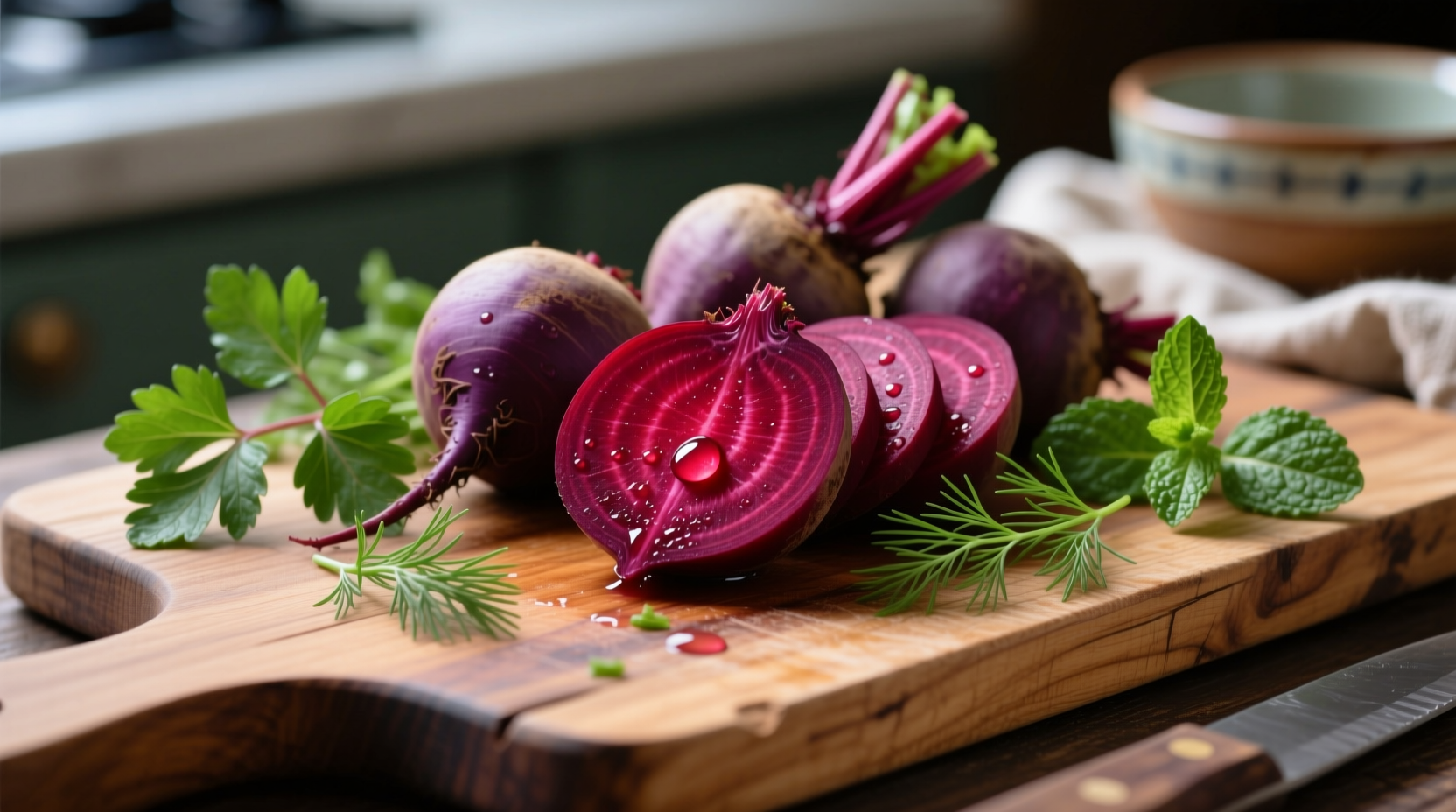The best way to cook beets for salad is roasting at 400°F (200°C) for 45-60 minutes, which concentrates natural sweetness and creates tender, sliceable texture without waterlogging. This method preserves 20% more nutrients than boiling according to University of Minnesota Extension research, making it ideal for vibrant, flavorful salads.
Why Cooking Technique Matters for Salad Beets
Raw beets are too tough for salads, while overcooked beets turn mushy and bleed color. Proper cooking unlocks their earthy-sweet flavor while maintaining structural integrity. Chefs consistently prefer roasting because it caramelizes natural sugars and prevents water absorption – critical for salads where texture and visual appeal matter. Unlike boiling, roasting minimizes nutrient loss of betalains (the antioxidants giving beets their color), preserving both health benefits and vibrant hue.
Step 1: Selecting and Prepping Beets
Choose firm, smooth beets under 3 inches in diameter for even cooking. Smaller beets cook faster and have fewer fibrous channels. Trim tops to 1 inch (reserving greens for sautéing) and roots to ½ inch to prevent "bleeding" during cooking. Never peel before cooking – the skin protects color and moisture. Scrub thoroughly under cold water with a vegetable brush to remove soil.

Step 2: Cooking Methods Compared
While roasting is ideal, these three techniques suit different needs. Always cool beets completely before handling – this allows skins to slip off effortlessly.
| Method | Time | Texture | Flavor Profile | Nutrient Retention* |
|---|---|---|---|---|
| Roasting | 45-60 min | Firm, sliceable | Concentrated sweetness | High (minimal loss) |
| Steaming | 30-40 min | Moist but intact | Delicate earthiness | Moderate-high |
| Boiling | 35-50 min | Softer, may crumble | Muted flavor | Low (up to 25% loss) |
*Per University of Minnesota Extension's vegetable cooking guidelines: extension.umn.edu/food-preserving/cooking-vegetables-retain-nutrients
Roasting for Maximum Flavor (Recommended)
- Preheat oven to 400°F (200°C)
- Wrap each beet tightly in foil with 1 tsp olive oil and pinch of salt
- Place on baking sheet; roast 45-60 min until knife slides in easily
- Cool 15 minutes, then rub skins off under cold water
Pro Tip: Add rosemary sprigs or orange zest to foil packets for subtle flavor infusion without overpowering.
Steaming for Quick Weeknight Salads
- Place beets in steamer basket over 1 inch boiling water
- Cover; steam 30-40 min until tender
- Immediately plunge into ice water to stop cooking
Context Boundary: Steaming works best for baby beets under 2 inches. Larger beets often cook unevenly with this method.
Step 3: Peeling and Slicing Without Stains
Cool beets until handleable (15-20 min). Rub skins off with paper towels – they'll slide off cleanly. For minimal mess: wear disposable gloves and use a glass cutting board (plastic absorbs stains). Slice with a stainless steel knife (carbon steel reacts with beet pigments). If staining occurs, rub hands with lemon juice and salt – the acid breaks down betalain pigments.
Step 4: Building Your Salad
Combine cooled beets with complementary textures: creamy goat cheese, crunchy walnuts, and peppery arugula. Dress with citrus vinaigrette (lemon or orange juice + olive oil + Dijon mustard) – the acid balances earthiness. Never add dressing until serving to prevent color bleeding. For make-ahead salads, store beets separately and assemble within 2 hours.











 浙公网安备
33010002000092号
浙公网安备
33010002000092号 浙B2-20120091-4
浙B2-20120091-4